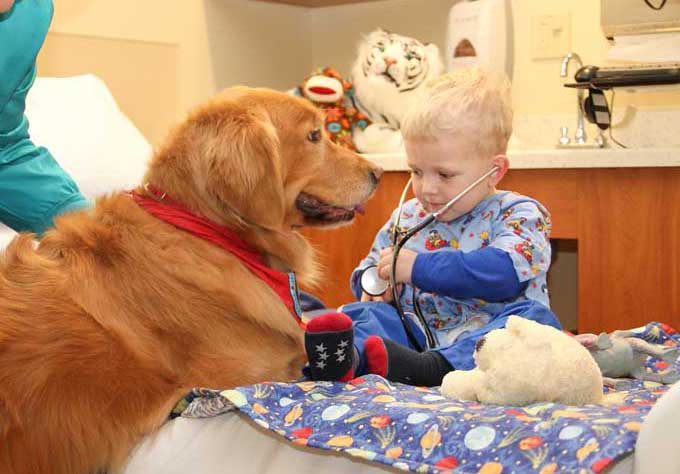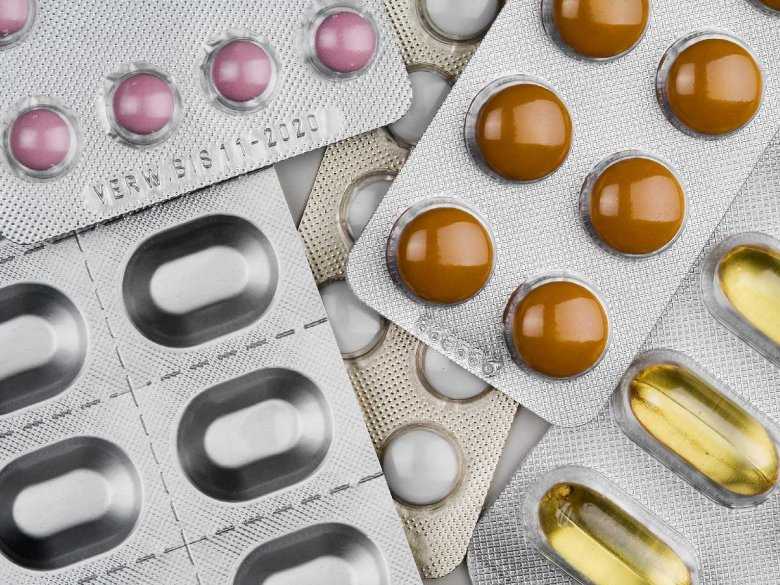 How receptors are built
How receptors are built
Construction of receptors
Ionotropic receptors are, of course, proteins. They are also receptors associated with some channel. It is important, that are, as the name suggests, ion-selective. Receptors such as nicotinic are distinguished here, GABA, glycine, NMDA, NO – NMDA inside. These are not the only receptors, that occur in the human and animal body. There are also metabotropic receptors. They are 7 – transmembrane. Moreover, they are G protein-coupled receptors. These include muscarinic receptors, adrenergic, dopaminergic, histamine, serotonin, opioid. They are closely related to kinase and tyrosine. Apart from them, there are also ionotropic receptors – here the ion channel is gated with a relay. However, this should not be confused with regular channels! They are opened and closed under the influence of various ligands.
It is also worth paying attention to the GABAA receptor. It is ionotropic and is a postsynaptic receptor. Metabotropics have a single polypeptide chain, 7 – transmembrane alpha – in the sound (so-called 7 – TM). It's worth pointing out, that the ion channels are voltage dependent, that is, potentials. They regulate the quick, potential-dependent change in ion permeability. Ligands, on the other hand, can be divided into agonists and antagonists. Agonists are always arousing. The antagonists have only affinities, and not internal activity – as with agonists. This must be borne in mind when administering medications.











